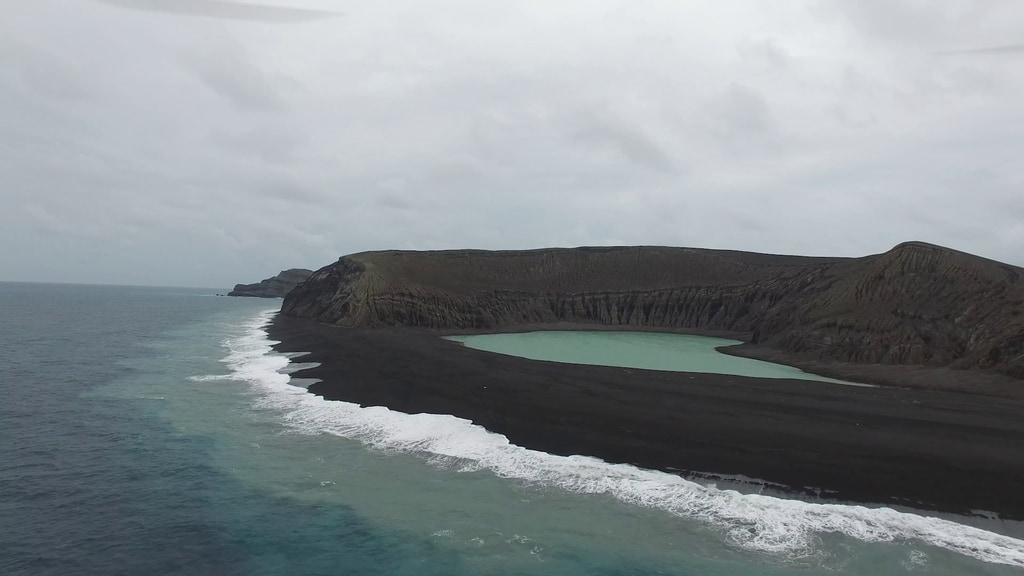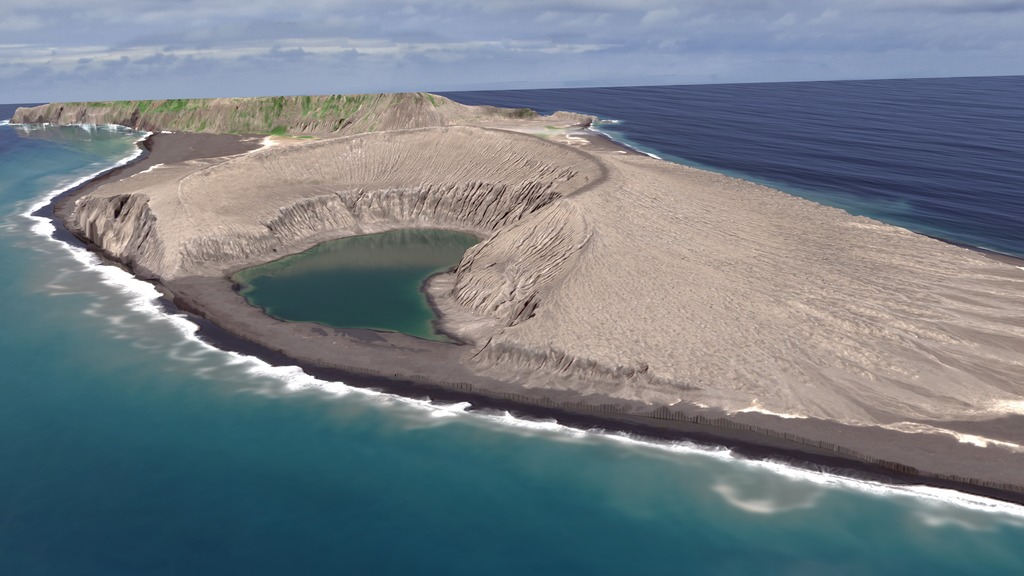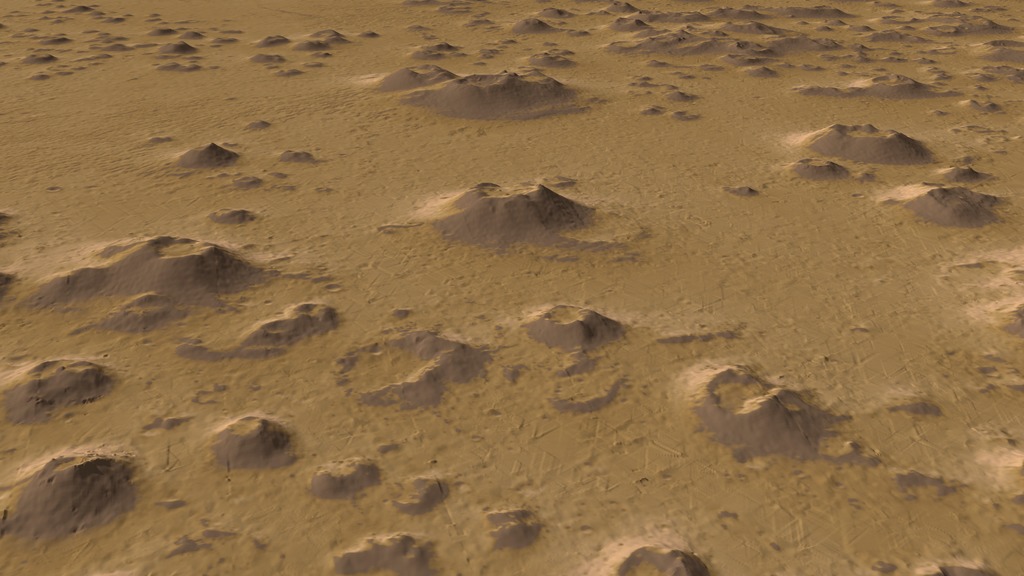Using Earth to Understand How Water May Have Affected Volcanoes on Mars
This scientific data visualization shows the evolution of the newly-erupted island in the Kingdom of Tonga. Results of this study can enhance our understanding of numerous small volcanic landforms on Mars whose formation may have been in shallow-water environments during epochs when persistent surface water was present.
Learn more about the evolution of Earth's newest island and how it could reveal new infomration about the presence of water on Mars:
Monitoring and Modeling the Rapid Evolution of EArth's Newest Volcanic Island: Hunga Tonga Hunga Ha'apai (Tonga) Using High Spatial Resolution Satellite Observations
Authors: J.B. Garvin, D.A. Slayback, V. Ferrini, J. Frawley, C. Giguere, G.R. Asrar, K. Anderson
Pages: 3445-3452 l First Published: 26 March 2018
- Volumetric erosion for new hydromagmatic island is approximately 0.0026km3/year
- Demostrated first meter-scale documentation of landscapes and topography for a new volcanic island over its initial stages of evolution (approximately 3 years)
- Satellite-based measurements of news island predict lifetime of up to approximately 42 years
Music: Fountain by Mailcoat Sheppard; Concerning Nymphs by Hammond Roberts.
Complete transcript available.
This video is an abridged version of the original video.
Music: Fountain by Mailcoat Sheppard; Concerning Nymphs by Hammond Roberts
Credits
Please give credit for this item to:
NASA's Goddard Space Flight Center
-
Producer
- LK Ward (USRA)
-
Visualizers
- Cindy Starr (Global Science and Technology, Inc.)
- Greg Shirah (NASA/GSFC)
-
Scientist
- James Garvin (NASA, Chief Scientist Goddard)
Release date
This page was originally published on Friday, June 8, 2018.
This page was last updated on Wednesday, November 15, 2023 at 12:23 AM EST.


